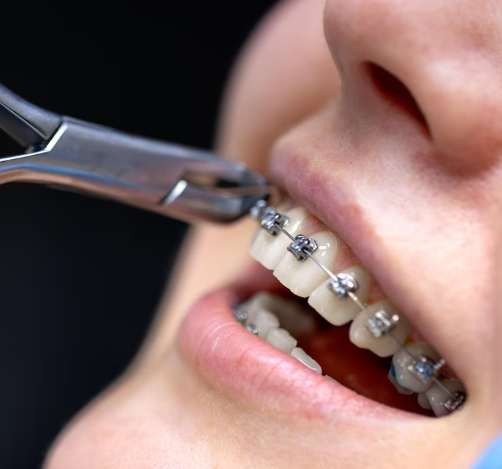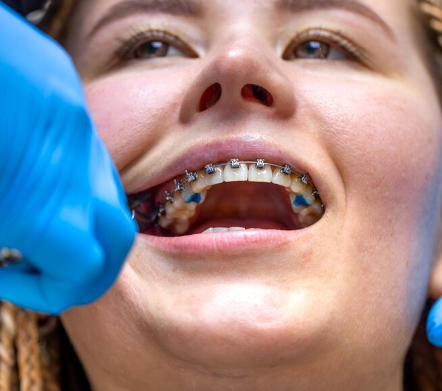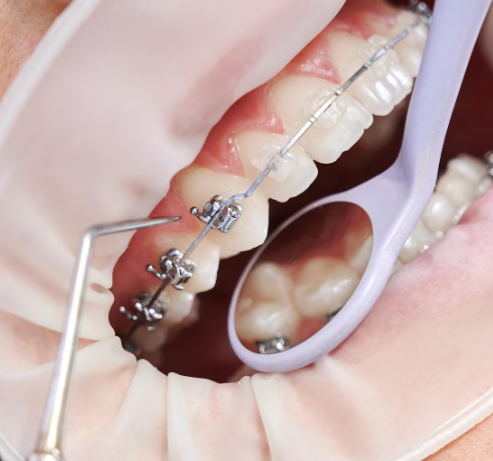Treatment Overview
Transconjunctival lower blepharoplasty is a modern eyelid surgery technique designed to remove or reposition excess fat from the lower eyelids without leaving any external scars. Unlike traditional approaches that require an incision just below the lash line, the transconjunctival method involves making a hidden incision inside the lower eyelid. This ensures a natural outcome with no visible scar and less disruption to surrounding tissues.
In Korea, this procedure is one of the most requested eye surgeries, as patients increasingly prefer minimally invasive methods that deliver natural results and quick recovery. Korean plastic surgeons are globally recognized for pioneering scarless blepharoplasty techniques, combining precision with advanced aftercare systems.
Purpose & Benefits
- Removes or repositions bulging fat pads under the eyes
- Reduces puffiness and tired appearance
- Creates a smoother lower eyelid–cheek transition
- Avoids external scarring (incision is hidden inside eyelid)
- Minimal risk of eyelid retraction or unnatural appearance
- Shorter recovery time compared to traditional lower blepharoplasty
Ideal Candidates
- Individuals with under-eye bags or fat protrusion but good skin elasticity
- Patients seeking natural results without external scars
- Younger patients or those without significant skin laxity
- People who want a minimally invasive option with faster recovery
- Those in good health, without major eye conditions or uncontrolled medical issues
Possible Risks & Complications
While generally safe, potential risks include:
- Temporary swelling, redness, or bruising
- Dry eyes or mild irritation
- Asymmetry (rare in skilled hands)
- Infection or delayed healing (uncommon)
- Slight hollowing if too much fat is removed
Korean surgeons focus on fat preservation and repositioning rather than excessive removal, minimizing the risk of hollowness and ensuring long-term natural results.
Surgical Techniques Used in Korea
Korea is at the forefront of advanced eyelid surgery, and the transconjunctival technique is widely practiced with refinements such as:
- Scarless Transconjunctival Incision: Hidden inside the eyelid for a seamless look.
- Fat Repositioning Philosophy: Instead of removing too much fat, surgeons redistribute it along the tear trough for youthful smoothness.
- Micro-Incision Instruments: Allow precise handling of delicate orbital fat.
- Combination Procedures: Sometimes paired with skin tightening lasers, microneedling, or PRP for enhanced rejuvenation.
- Customized Approach: Plans tailored to each patient’s anatomy, age, and degree of under-eye puffiness.
Recovery & Aftercare
- Swelling and bruising typically last 5–10 days.
- Most patients return to daily activities within 1 week.
- Cold compresses and prescribed eye drops are used for comfort.
- Korean clinics often provide anti-swelling care, LED light therapy, and skin rejuvenation sessions post-surgery.
- Full results become visible within 1–2 months.
Results & Longevity
- Smooth, refreshed under-eye area with no visible scars
- Natural correction of puffiness and under-eye bags
- Long-lasting results (often 7–10 years or more)
- Youthful, well-rested appearance that avoids the hollow look of older fat removal methods
Treatment Process in Korea
Korea is a leading destination for transconjunctival lower blepharoplasty due to its advanced surgical technology and holistic care system. Patients benefit from:
- Scarless & Natural Techniques: Korean surgeons specialize in hidden-incision methods, avoiding visible scarring.
- Minimally Invasive Approach: Microsurgical tools allow precise fat handling with less tissue trauma.
- Regenerative Recovery Systems: Post-op care includes anti-swelling treatments, oxygen therapy, and stem-cell based rejuvenation for quicker healing.
- Customized Planning: Each patient undergoes detailed 3D imaging and consultation to tailor the surgery.
- Integration with Other Treatments: Surgery can be paired with non-surgical rejuvenation such as lasers or PRP to improve skin texture.
- Global Appeal: Many international patients travel to Seoul for this surgery because of Korean surgeons’ reputation for artistry and natural results.
Cost Range in Korea
The price of transconjunctival lower blepharoplasty varies depending on clinic reputation, surgeon expertise, and additional procedures:
- Basic Surgery (Fat Removal or Repositioning): ₩2,500,000 – ₩4,500,000 KRW ($1,900 – $3,400 USD)
- With Fat Repositioning or Tear Trough Correction: ₩4,000,000 – ₩6,500,000 KRW ($3,000 – $4,900 USD)
- Premium Clinics with Regenerative Aftercare: ₩6,000,000 – ₩9,000,000 KRW ($4,500 – $6,800 USD)
International patient packages often include surgery, accommodation support, translation services, and follow-up care.
Popular Clinics in Korea
- Banobagi Plastic Surgery Clinic – Specializes in natural-looking scarless blepharoplasty.
- ID Hospital – Offers customized lower eyelid surgery with advanced fat repositioning.
- Regen Plastic Surgery – Known for combining blepharoplasty with regenerative skin therapies.
- View Plastic Surgery Clinic – Popular with international patients for comprehensive eye rejuvenation.
- GNG Hospital – Renowned for minimally invasive under-eye surgeries and personalized recovery care.
Summary
Transconjunctival lower blepharoplasty in Korea is one of the most advanced, scarless techniques available for under-eye rejuvenation. By making hidden incisions inside the eyelid and focusing on fat repositioning rather than removal, Korean surgeons achieve natural, youthful results without visible scarring. Combined with world-class clinics, innovative aftercare, and reasonable costs, Korea remains a top global destination for patients seeking safe, effective, and long-lasting solutions for under-eye puffiness and tired-looking eyes.




